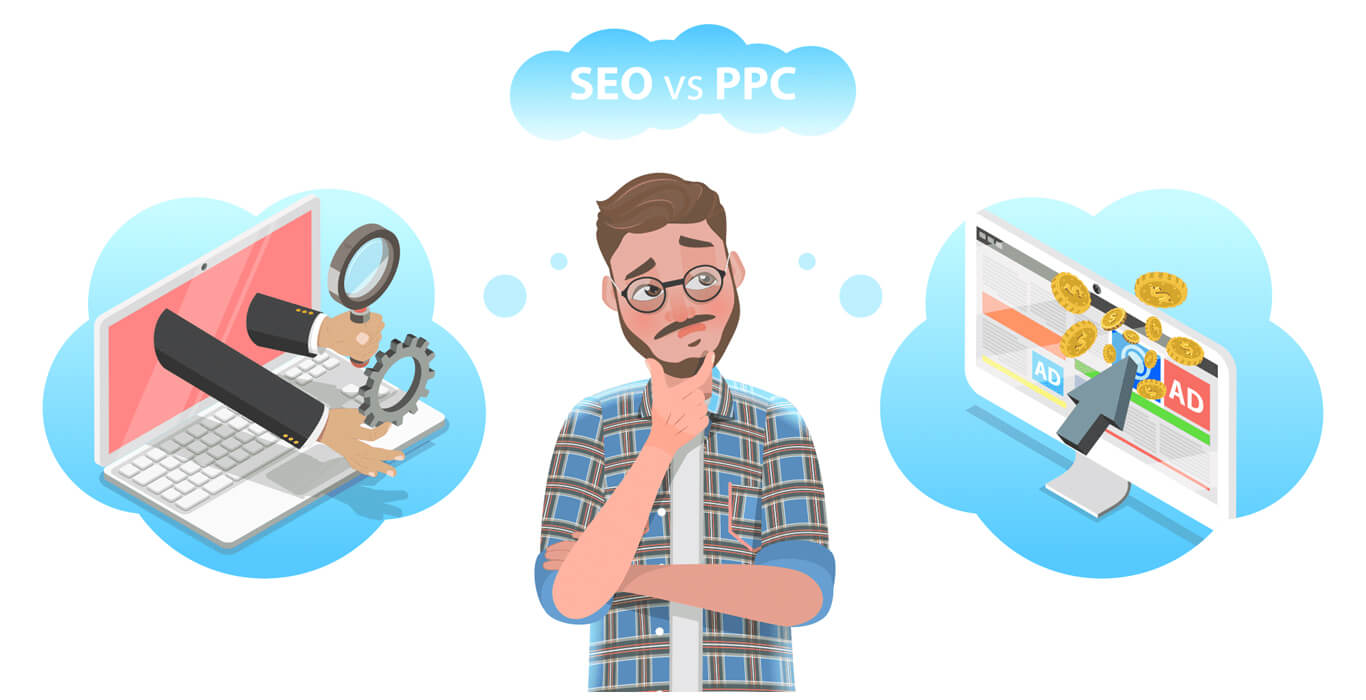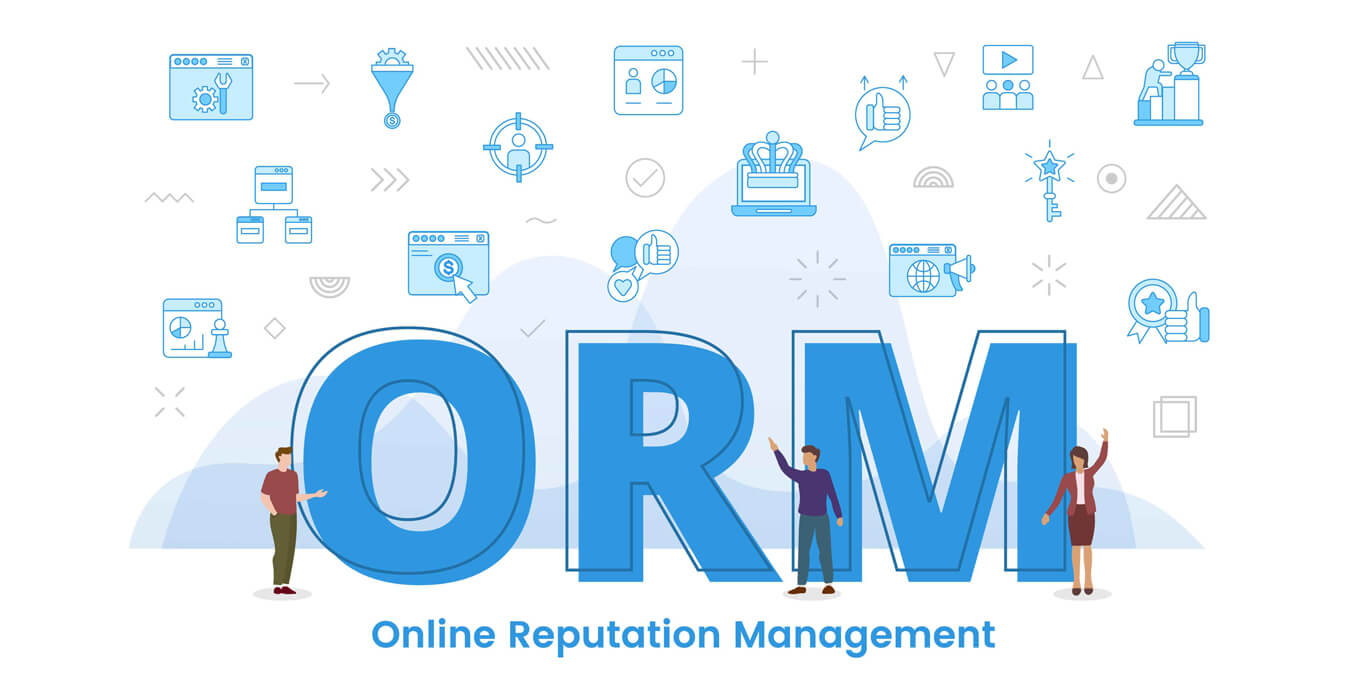“In a world where everyone is shouting, the best way to be heard is to whisper. Personalization is that whisper.” – Ann Handley, Marketing Expert
In an era of diminishing attention spans and ferocious competition, creating unique and appealing user experiences for higher user engagement is extremely essential.

Each time a user clicks, swipes, or interacts with a website, there is a chance to establish a relationship that will keep them coming back. Thus, User Experience (UX) design assumes a central role, opening the door for greater engagement and user satisfaction.
In this step-by-step guide, we’ll explore user engagement, what user experience design is, and the crucial function of usability in user experience design. Let’s get going!
What is User Experience: Understanding the Significance?
- User Experience, or UX as it is frequently referred to, is the total experience users get as they interact with a given product, website, or application.
- It includes each stage of the users’ journey, from their first contact to their last interaction.
- Making this journey as smooth, simple, and enjoyable as possible is the main goal of effective UX design.
- You may forge a strong and enduring bond with your audience by customising experiences to fit individual tastes, requirements, and behaviours.
What is User Experience Design and What does it Entail?
User experience design is the art and science of developing products that offer users rich and useful experiences. By boosting the product’s usability, accessibility, and appeal, it entails a careful procedure that aims to increase user satisfaction.
Here are some strategies for maximising engagement with UX design:
1. User-centric Approach
- Recognise the demands, behaviours, tendencies, and challenges of your target audience.
- Create user journeys and personas to better understand the motivations and expectations of your users.
2. Personalisation
- Tailor interactions, recommendations, and content to user preferences and past behaviours.
- Personalization creates a sense of relevance, making users more likely to engage.
3. Intuitive Navigation
- Create user interfaces that are simple to navigate and help users get what they’re looking for quickly.
- Clear menus, search functionalities, and categorisations all help enhance the overall user experience.
4. Visual Appeal
- Create a captivating aesthetic that appeals to your users instantly.
- Use consistent branding, visually pleasing layouts, and high-quality imagery to achieve this.
5. Responsive Design
- Make sure your platform is usable and accessible on a variety of devices with different screen sizes.
- Engagement requires a mobile-friendly website experience.
Why to Think About Usability and User Experience?
1. Reduced Bounce Rates
- Lower bounce rates are the result of a user-friendly, well-designed interface that reduces confusion and frustration.
- Users are more likely to explore a site that is easy to use.
2. Increased Time on Site
- Users spend more time on your platform when they have an engaging experience.
- The possibility of conversions increases as visitors stay on your platform for longer.
3. Enhanced Trust and Credibility
- A user-friendly and aesthetically pleasing website fosters trust.
- A brand that users believe to be trustworthy will likely receive more user interaction and engagement.
4. Word-of-Mouth Promotion
- Positive user experiences encourage users to spread the word about their findings among their friends and family.
- This helps boost the organic traffic and, in turn, extend your reach.

Maximising Engagement Through Personalisation
1. Data Collection
- Obtain user information by way of interactions, preferences, and behaviours.
- To gather this information, make use of tools such as cookies, surveys, and forms.
2. Behavioural Analysis
- To find patterns, analyse user behaviour.
- This can help you in recommending relevant content, products, or services.
3. Segmentation
- Divide your audience into segments based on demographics, behaviours, or preferences.
- You will then be able to design campaigns and experiences that are specifically tailored to your audience.
4. Dynamic Content
- Implement dynamic content that updates based on user activity or interaction.
- Show recently viewed items or suggest related content, for instance.
Making genuine connections with users is key to increasing user engagement. Outstanding user experiences form the foundation of the connection between your brand and your audience.
You can make sure that each touchpoint contributes to promoting long-lasting engagement through personalised interactions, intuitive design, and a deep understanding of your users.
Don’t leave engagement to chance—partner with IKF, a leading digital marketing agency in India. Our team of experts is dedicated to helping you create personalised, compelling, and effective digital experiences that drive results.
Contact us today to learn more about how we can help you enhance user experiences for higher engagement!
FAQs
1. How do you increase user engagement?
To increase user engagement, focus on personalised experiences through user-centric design, intuitive navigation, and dynamic content. Regularly analyse user behaviour and preferences to tailor offerings, leading to longer time on site and increased trust in your brand.
2. What is the difference between user experience and user engagement?
User experience (UX) refers to the overall quality of a user’s interaction with a product or service, which includes factors such as ease of use, visual appeal, and functionality. User engagement, on the other hand, measures the level of involvement and interaction users have with a product or service, reflecting their interest and connection with the content or experience.
3. How does personalisation improve customer experience?
Personalisation improves customer experience by tailoring content, recommendations, and interactions to individual preferences and behaviours. This creates a sense of relevance and connection, enhancing user satisfaction and encouraging deeper engagement with the brand.
4. What is the importance of personalised experiences in customer engagement?
Personalised experiences in customer engagement are crucial as they create a direct connection between the customer and the brand by addressing their unique preferences and needs. This leads to higher levels of engagement, customer satisfaction, and loyalty, ultimately driving business growth.

Ashish Dalia is the CEO & Chief Digital Marketing Strategist at I Knowledge Factory Pvt. Ltd.

Ashish Dalia is the CEO & Chief Digital Marketing Strategist at I Knowledge Factory Pvt. Ltd.











